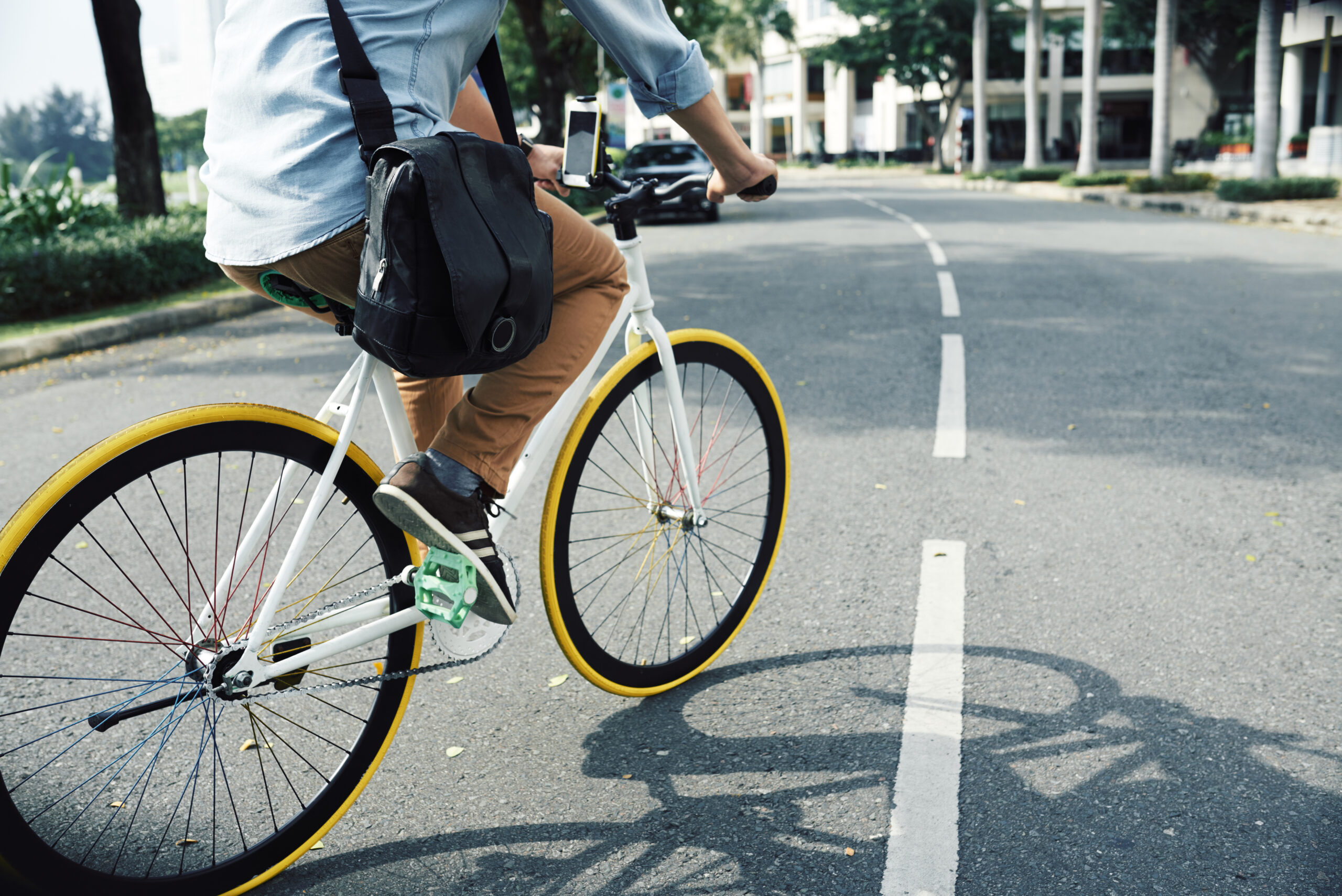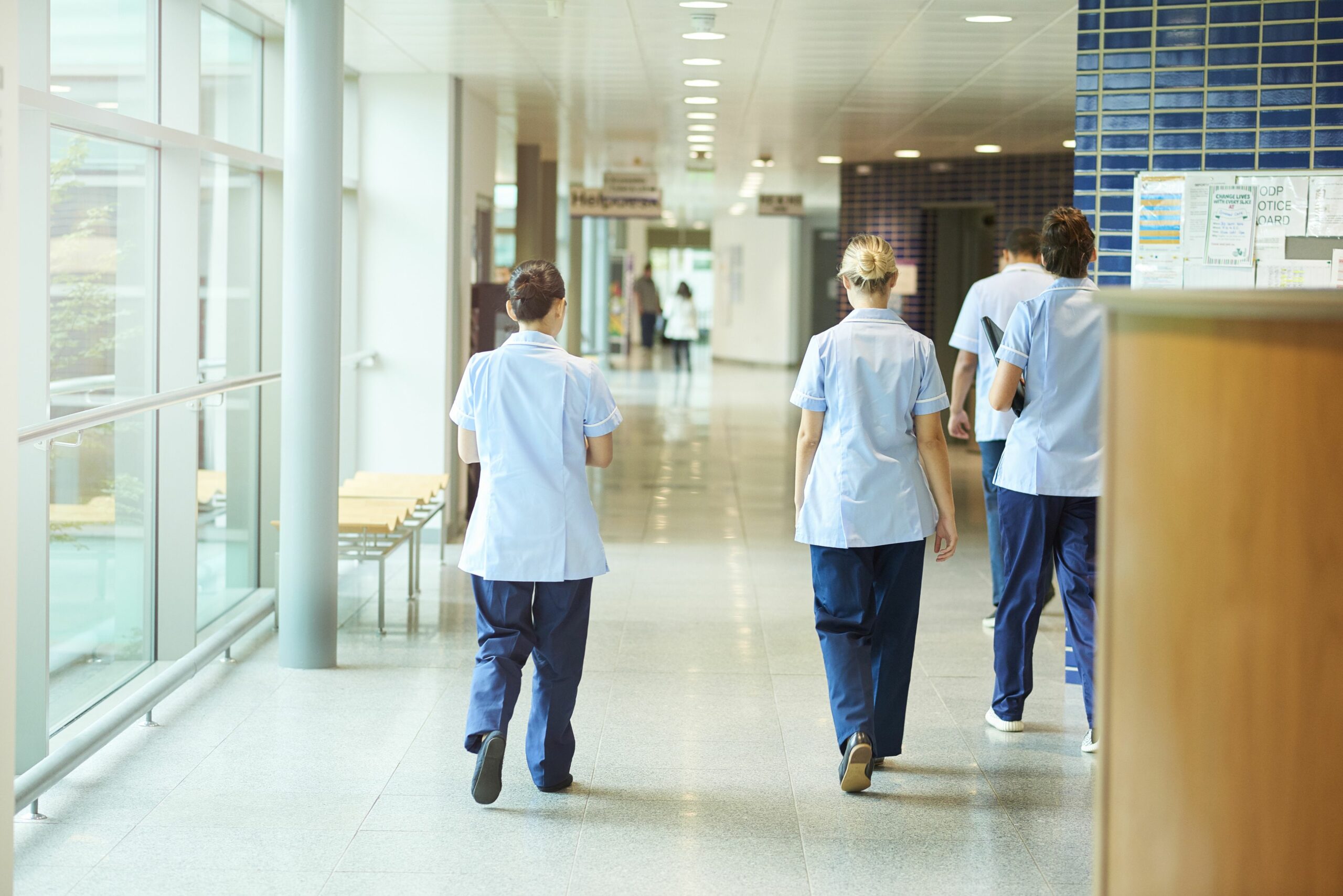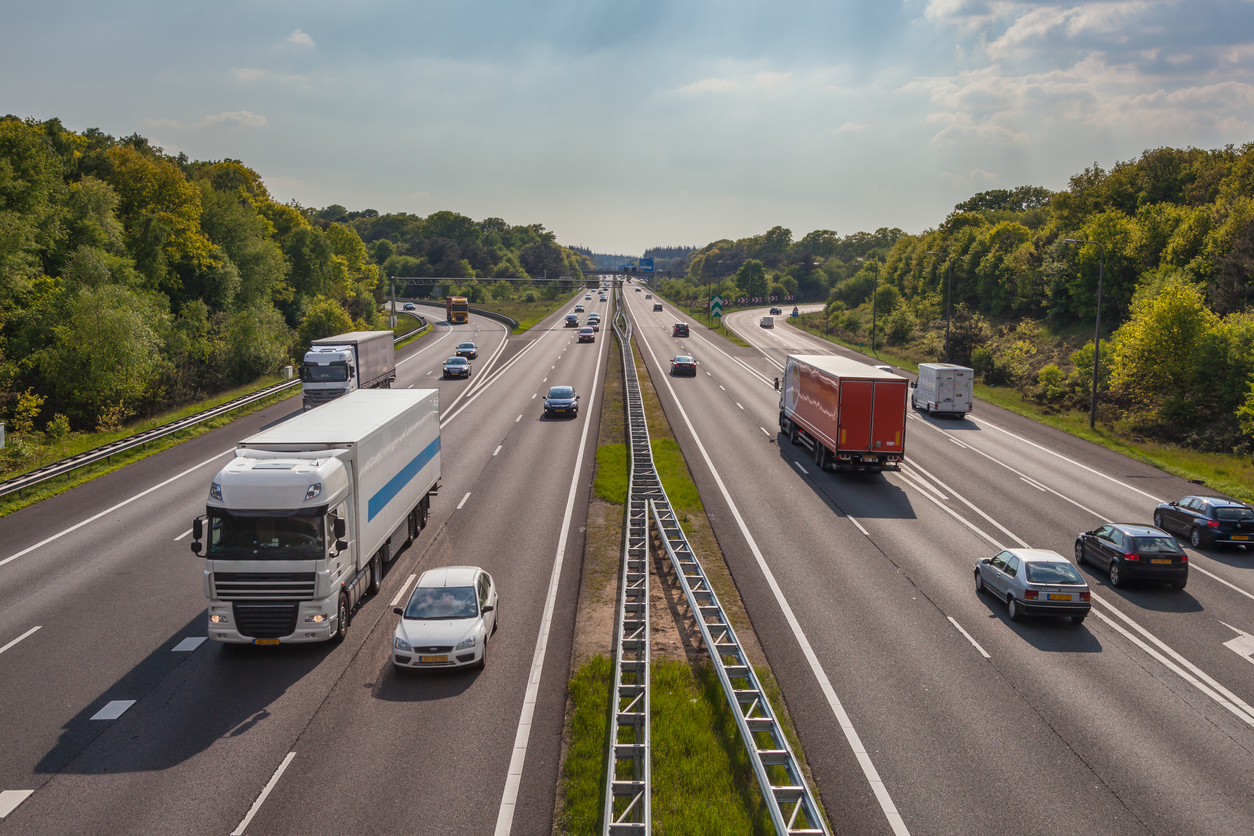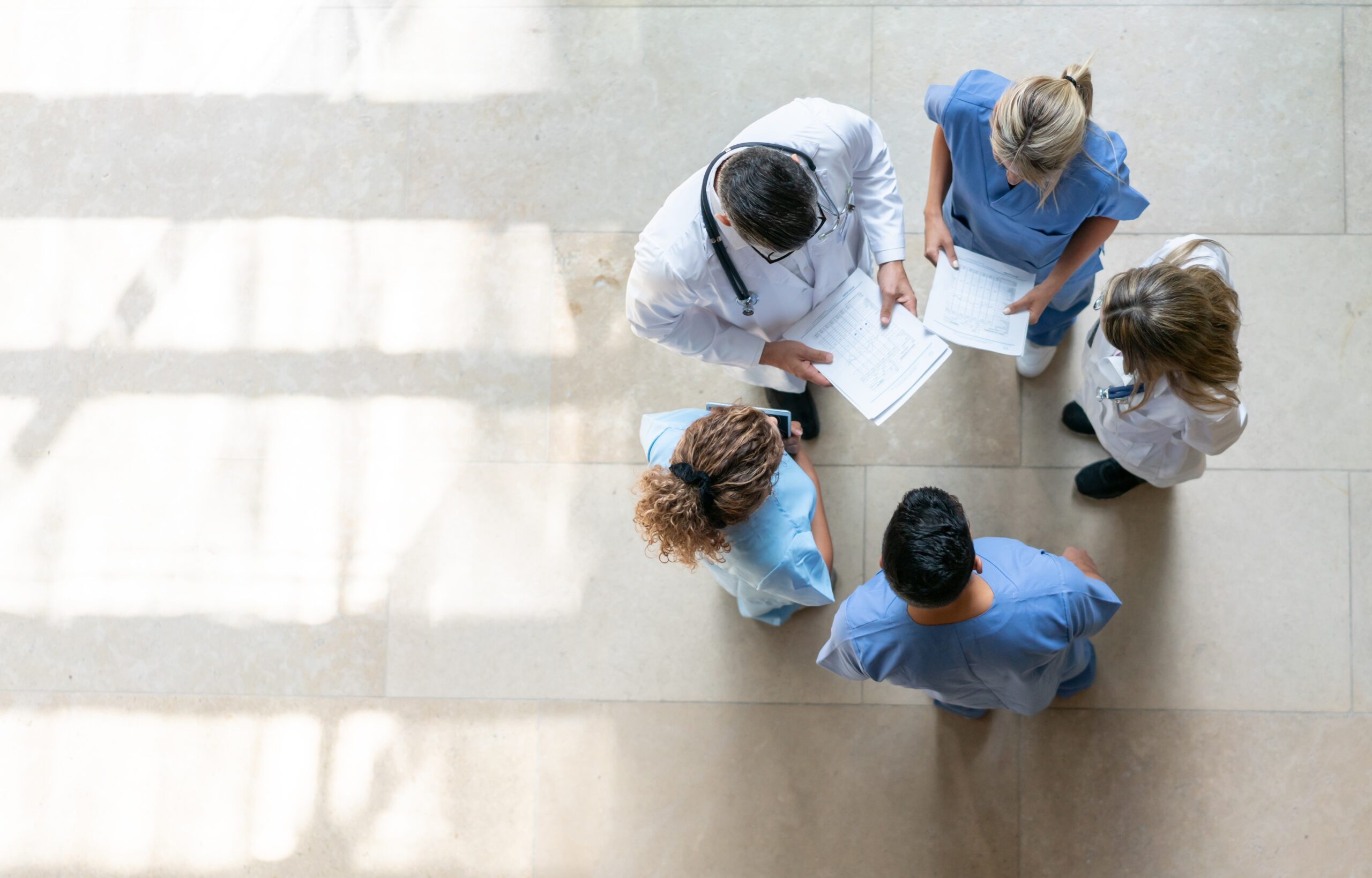As a personal injury solicitor, I regularly see the long-terms effects that a Road Traffic Accident can have on an individual’s life.
The injuries range from minor orthopaedic ones, to severe traumatic brain injuries, not to mention the psychological trauma, which can last a lifetime.
According to the Trauma Audit and Research Network (TARN), an institution which records information about patients admitted to trauma centres, set up to deal with the most severe injuries in England and Wales, there were 11,486 number of road crash trauma admissions in 2016.
A quite astounding number when you think about it! That is approximately 31 road traffic accident related trauma admissions a day.
One of the most common forms of road traffic incidents involve motor vehicles and cyclists. Therefore, in the spirit of #roadsafetyweek, Think! A road safety campaign group have provided a useful guidance for both drivers and cyclists to ensure the safety of every road user.
Advice for drivers
- Look out for cyclists, especially when turning – make eye contact if possible so they know you’ve seen them
- Use your indicators – signal your intentions so that cyclists can react
- Give cyclists plenty of space when over taking them, leaving as much room as you would give a car. If there isn’t sufficient space to pass, hold back. Remember that cyclists may need to manoeuvre suddenly if the road is poor, it’s windy or if a car door is opened
- Always check for cyclists when you open your car door
- Advanced stop lines allow cyclists to get to the front and increase their visibility. You must stop at the first white line reached if the lights are amber or red and allow cyclists time and space to move off when the green signal shows
- Follow the Highway Code including ‘stop’ and ‘give way’ signs and traffic lights
Advice for cyclists
- If a lorry is indicating left, passing on the inside can be dangerous. Hang back at the junction to reduce the risk of a collision.
- Ride positively, decisively and well clear of the kerb – look and signal to show drivers what you plan to do and make eye contact where possible so you know drivers have seen you
- Avoid riding up the inside of large vehicles, like lorries or buses, where you might not be seen
- Always use lights after dark or when visibility is poor
- Wearing light coloured or reflective clothing during the day and reflective clothing and/or accessories in the dark increases your visibility
- Follow the Highway Code including observing ‘stop’ and ‘give way’ signs and traffic lights
- Always wear a correctly fitted cycle helmet, which is securely fastened and conforms to current regulations




